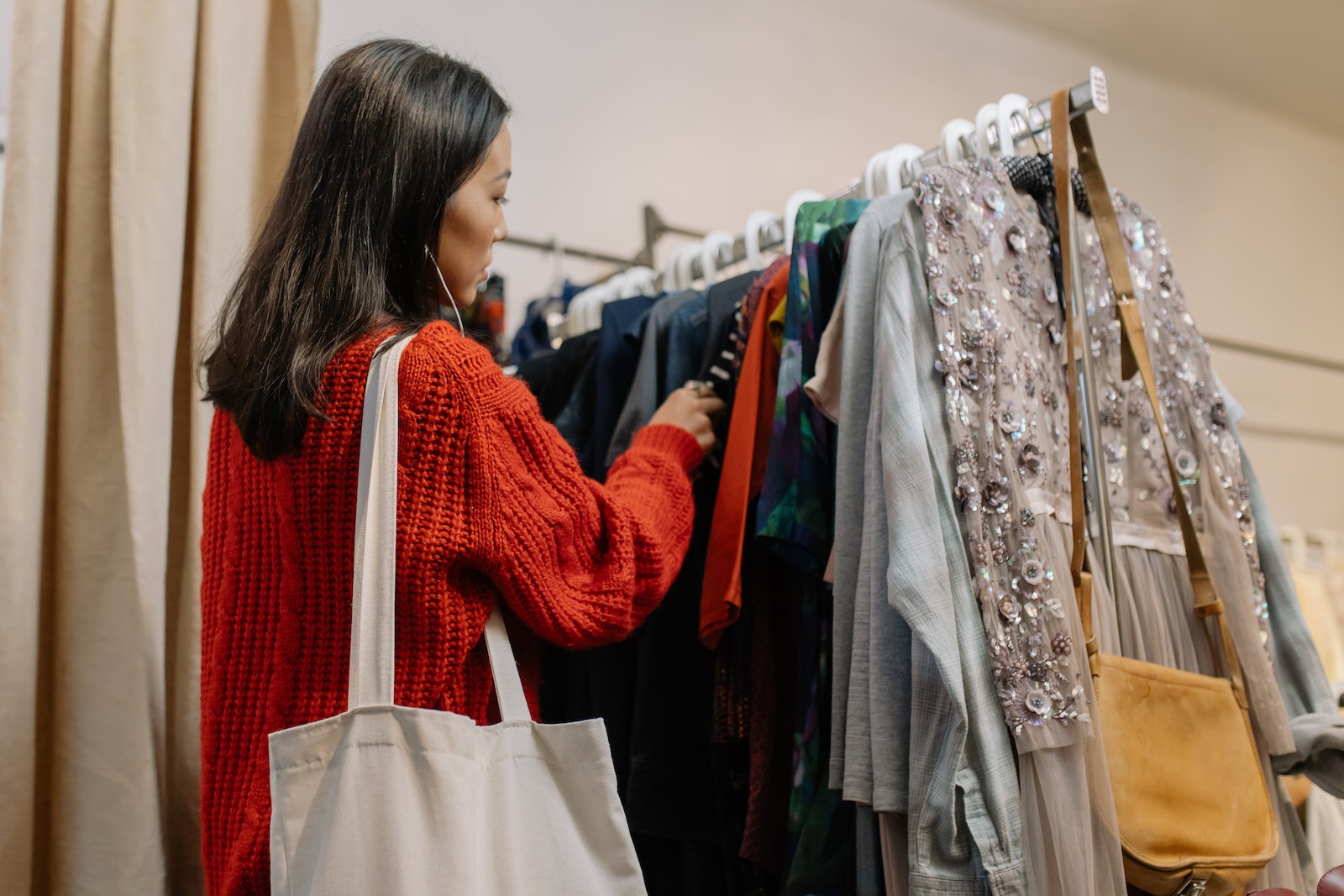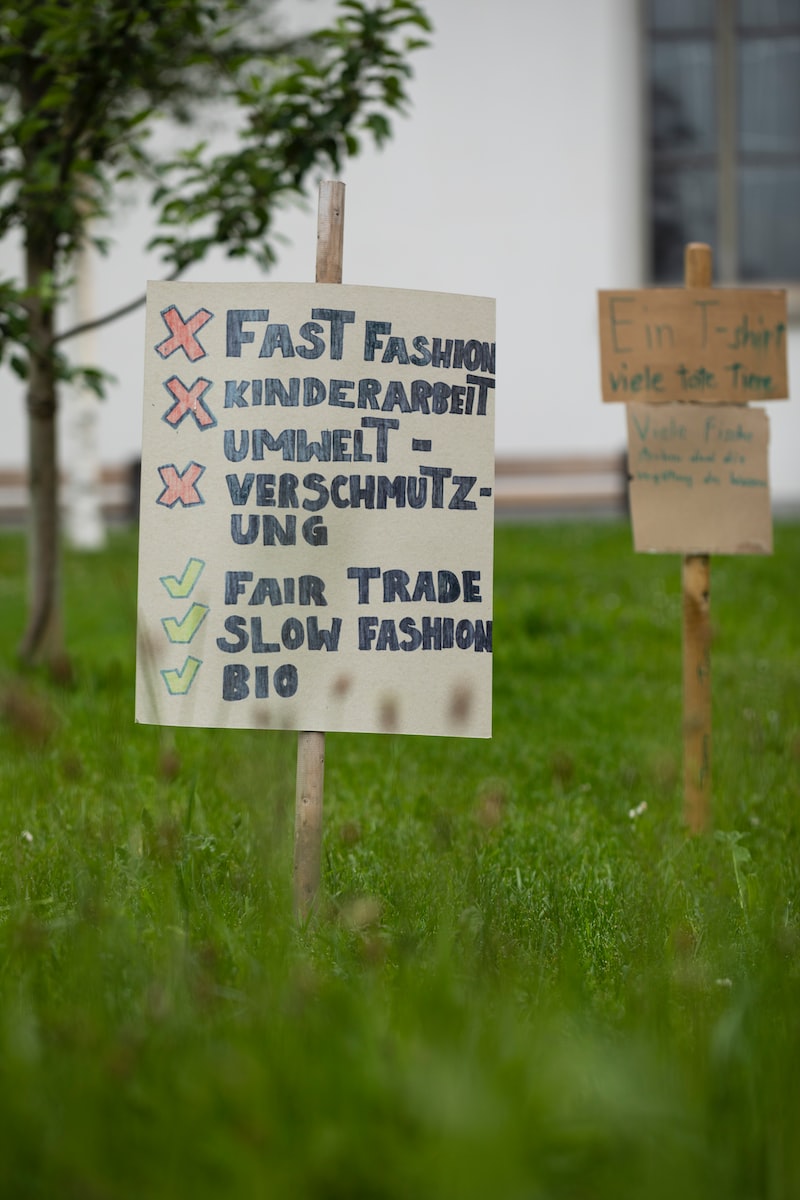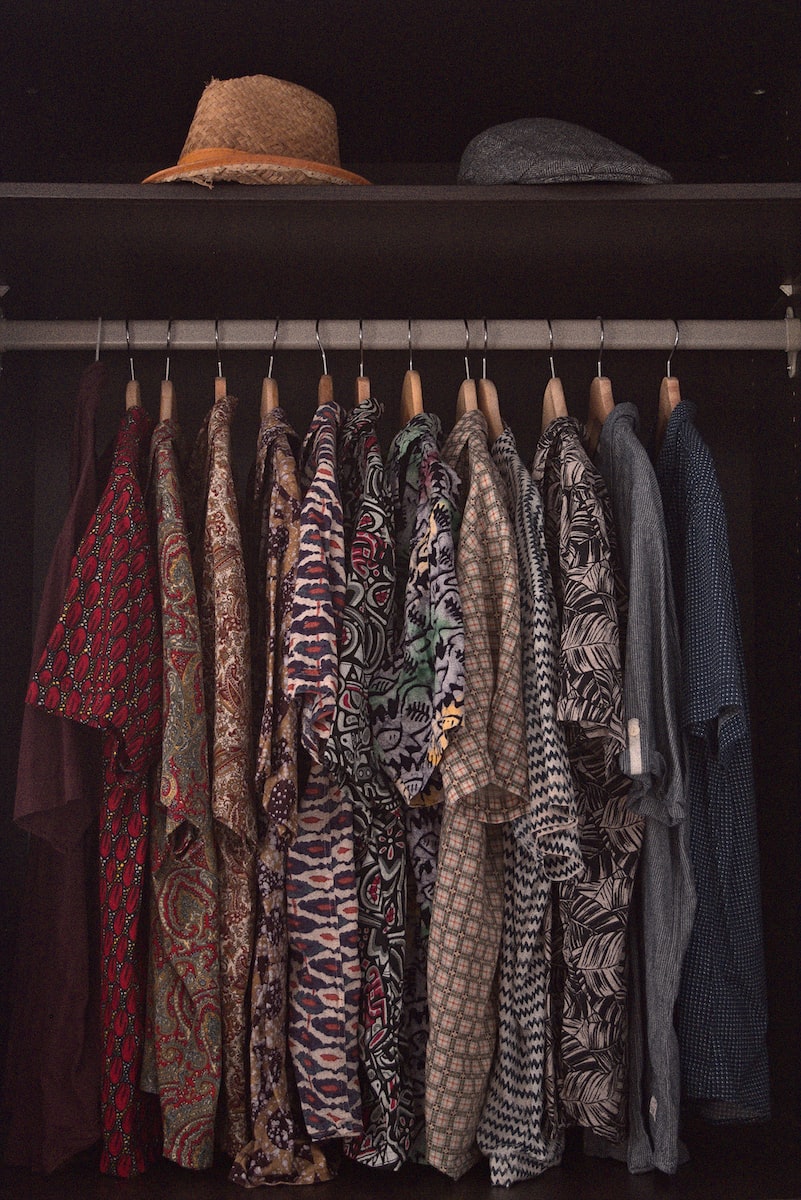Even though second-hand shopping has gained a lot in popularity over the last couple of years, there are still countless myths about second-hand shopping circulating that are stopping people from giving second-hand a chance. Don’t let these misconceptions hold you back from discovering all the wonderful treasures waiting for you in thrift stores and second-hand online marketplaces. In this article, we’ll be debunking 6 of the most common myths to show you why second-hand is the new new. Let’s get into it.

Myth #1: Second-hand items are dirty
Number one on the list of most common myths about second-hand shopping would be – It’s dirty and it stinks. While in some cases this might be the case, second-hand shops mostly have strict rules in place when it comes to accepting donations. They mostly accept only items that are in good condition and most of the stores will clean and sanitize items before putting them up for sale. Don’t get us wrong – it’s always a good idea to wash or clean the items yourself before using them, but make sure to do that regardless of where you get your clothes from.
Myth #2: Second-hand items are out of style
The second most common myth about second-hand shopping is – it’s out of style. Luckily, with Gen Zs leading the way to make second-hand more popular, this myth is slowly turning into a thing of the past. Second-hand stores have countless vintage gems that you really can’t find anywhere else. And more often than not, you’ll find high-quality designer pieces and handmade pieces for a fraction of the original price. In fact, more and more designers and fashion influencers shop at second-hand and vintage stores to find unique statement pieces that are not available in your classic shops anymore. Moreover, many marketplaces such as Vestiarie Collective put in a lot of work to make sure the items they are selling are top-notch. All the items available on their website are checked by their experts to make sure all of the items are of the highest quality.
Myth #3: Second-hand shopping is time-consuming
With the rise of online thrift stores, apps and browser extensions, it’s become easier than ever to shop for second-hand items from the comfort of your own home. You can browse through a wide selection of items, filter your search by size, color or brand. Besides, many companies are building great tech solutions to make second-hand shopping easier and more accessible for everyone. Take faircado as an example – faircado is a browser extension that, once installed, pops up with the best second-hand alternatives to what you’re searching for online. And saves you tons of time. So, in 2023, we can surely say that this myth about second-hand shopping is completely – FALSE.
Myth #4: Second-hand items are of poor quality
While it’s true that some items may have some “wear and tear” marks, most second-hand items are still in great condition and can last just as long as new ones. In fact, vintage pieces are often of better quality than the new versions. Additionally, if you’re on a budget, shopping second-hand will allow you to afford higher quality items that you wouldn’t be able to buy new. What’s great about second-hand shops and online marketplaces, they all have quality checks in place. For example, Sellpy (one of the biggest online marketplaces for used clothing) sorts its clothes into different categories when it comes to the condition of the product. You can choose to select items in “Good”, “Very good”, “Acceptable” or “Like new” categories and thus make sure that the clothes you’re getting will be exactly what you expected them to be.
Myth #5: Second-hand shopping is only for people on a budget
Another common myth about second-hand shopping is – it’s only meant for those on a budget. Now, this couldn’t be further away from the truth. Second-hand shopping is a great option for anyone who wants to save money and reduce their environmental impact. Furthermore, many second-hand stores offer designer and high-end items for a portion of the original price. It’s a great way to get yourself some unique pieces without breaking the bank. To put things into perspective, a poll conducted by FloorFound found that high-income consumers are more likely to shop second-hand. 9 in 10 shoppers making over $175,000 a year have bought a resale item before. That shows 14 percentage points higher than the survey average.
Myth #6: Second-hand stores are unorganized
Contrary to popular belief, thrift stores are not cluttered messes with piles of clothes randomly thrown away in corners of dirty sheds. In fact, most thrift stores are actually very well organized and items are often arranged by their type. For instance, all clothes will be in one section, furniture in another, bags somewhere else, and so on. This way shoppers can easily find what they are looking for and navigate the store without feeling overwhelmed.
Conclusion:
To sum things up, there will always be myths about second-hand shopping circulating around. However, with Gen Zs leading the way to make second-hand more popular, myths are slowly starting to become less and less common. Besides the fact that second-hand items can give a dash of uniqueness to your outfit or home, the environmental impact that comes with choosing second-hand instead of new is enormous. Let’s take one simple t-shirt as an example; it takes 2700L of water to make one t-shirt. Enough for one person to drink water for 900 days. Not to mention the amount of energy needed to manufacture and transport the shirt. If you opt for a second-hand t-shirt instead of a new one, you will be giving life to a pre-loved t-shirt.
For more tips and tricks on how to live a more sustainable life, check out our magazine.









